Earlier this year, National Geographic Magazine posted an article that granted me an opportunity for profound reflection.
I’ve been planning on writing about this article for some time, but its taken me months to figure out how to explain the emergent hope that this article awoke in this moment of deep political turmoil and social divisions in North America. I feel I still may fail to do this moment in history justice.
The article was aptly and appropriately titled, “For Decades, Our Coverage was Racist. To Rise Above our Past, we Must Acknowledge It.”
In her February Race Issue article, Editor-In-Chief Susan Goldberg approaches National Geographic Magazine’s histories of cultural appropriation, abject racism, and colonization. She also grapples with questions of race and identity, reporting on recent work supported by National Geographic which definitively evidences that there is no biological basis for the race construct (though the cultural construct of race has and continues to have profound biological impacts). In her article, Goldberg seeks to confront the “shameful use of racism as a political strategy and prove we [society at large and the National Geographic Society] are better than this.”
When I was first awarded a National Geographic Young Explorer’s Grant in 2015 for my work in partnership with Central Coast First Nations (the Kitasoo/Xai’xais, Wuikinuxv, Nuxalk, and Heiltsuk Nations) I felt an inherent tension living somewhere beneath my excitement. As a white Settler of European descent, I increasingly recognize the ways in which colonization and imagined racial constructs have, directly and indirectly, benefitted me at the cost of Indigenous peoples and diverse cultures worldwide. In articles from its far and recent history, the Society perched on colonial haunches, other-ing Indigenous peoples or portraying them as exotic caricatures. This history of colonialism is by no means unique to the National Geographic Society; it is a systemic and foundational underpinning of many of the systems so many of us live, interact, and work within (the discipline of Geography, the infrastructure of the academy, etc.). But through my interactions with the Society, and articles like this one, I have felt this tension ease and be replaced by a growing urgency to speak for decolonizing methodologies and lifestyles in support of Indigenous rights and Indigenous-led research, and hope for a future of multi-cultural and multi-species flourishing.
In order to begin to shed the old, ugly colonial and imperial skins which shroud our institutions and our lives still, we must begin with the uncomfortable process of acknowledging our racist and colonial histories, by being radically honest about where both systems of inequality exist in our lives and institutions, and by standing resolute in an unwavering commitment to learn more, strive for better, and fight for justice for Indigenous and non-Indigenous peoples of all races.
“Sometimes these stories, like parts of our own history, are not easy to read. But as Michele Norris writes in this issue, ‘It’s hard for an individual—or a country—to evolve past discomfort if the source of the anxiety is only discussed in hushed tones.'”
As National Geographic works to expand the field, push the boundaries of our knowledge, and conserve the places and things that matter most, I am deeply glad that they are also reflecting on their own history. It is a brave, bold, and fundamentally necessary exercise towards reconciliation, equality, and a better world. We have so, so much more work to do. But I feel strengthened to engage in that work through the support of the Society, mentors, and my incredible and tireless Indigenous partners.












